R. Liu
Joint Waveform and Filter Designs for STAP-SLP-based MIMO-DFRC Systems
Jan 23, 2022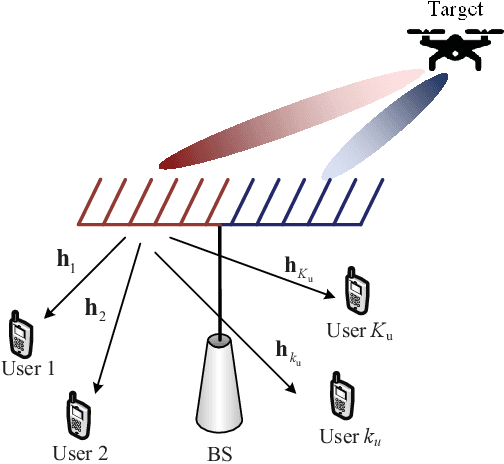
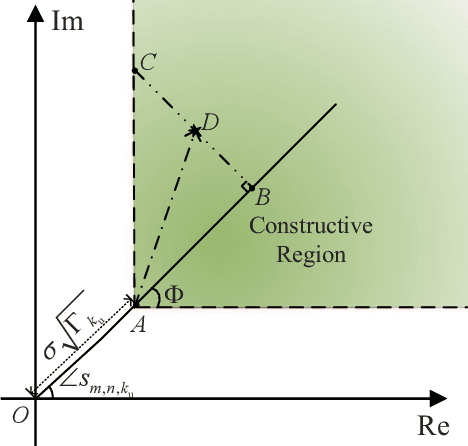
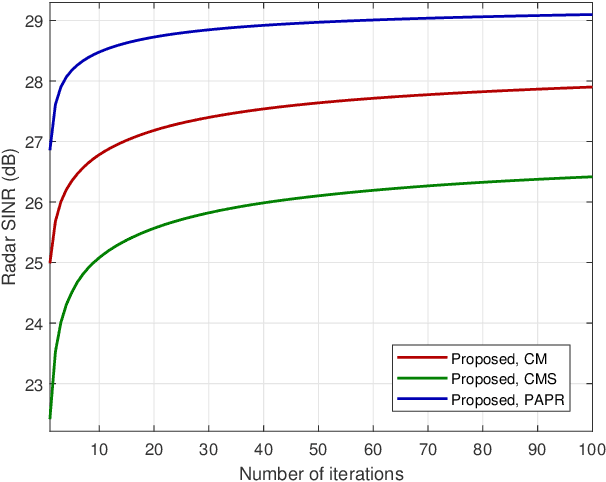
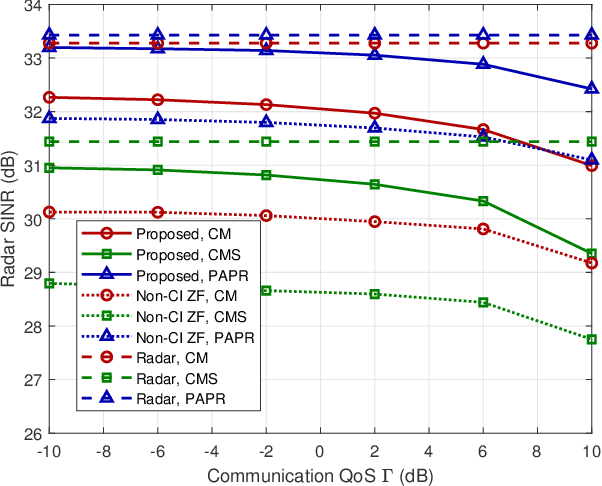
Abstract:Dual-function radar-communication (DFRC), which can simultaneously perform both radar and communication functionalities using the same hardware platform, spectral resource and transmit waveform, is a promising technique for realizing integrated sensing and communication (ISAC). Spacetime adaptive processing (STAP) in multi-antenna radar systems is the primary tool for detecting moving targets in the presence of strong clutter. The idea of joint spatial-temporal optimization in STAP-based radar systems is consistent with the concept of symbol-level precoding (SLP) for multi-input multi-output (MIMO) communications, which optimizes the transmit waveform for each of the transmitted symbols. In this paper, we combine STAP and SLP and propose a novel STAP-SLP-based DFRC system that enjoys the advantages of both techniques. The radar output signal-to-interference-plus-noise ratio (SINR) is maximized by jointly optimizing the transmit waveform and receive filter, while satisfying the communication quality-of-service (QoS) constraint and various waveform constraints including constant-modulus, similarity and peak-to-average power ratio (PAPR). An efficient algorithm framework based on majorization-minimization (MM) and nonlinear equality constrained alternative direction method of multipliers (neADMM) methods is proposed to solve these complicated non-convex optimization problems. Simulation results verify the effectiveness of the proposed STAP-SLP-based MIMO-DRFC scheme and the associate algorithms.
Joint Transmit Waveform and Passive Beamforming Design for RIS-Aided DFRC Systems
Dec 16, 2021
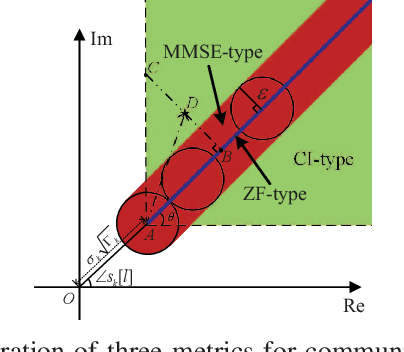
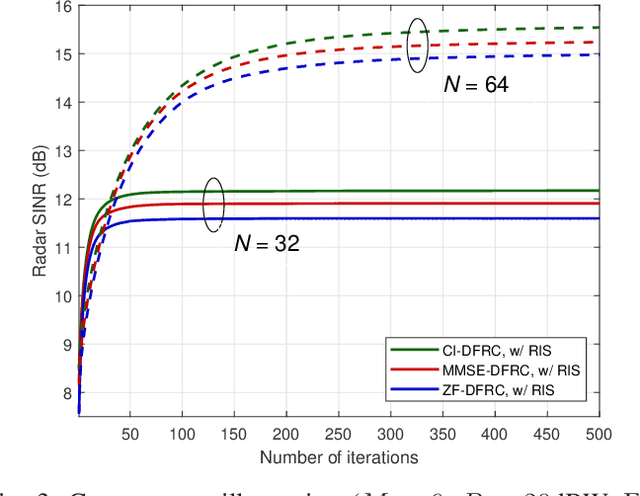
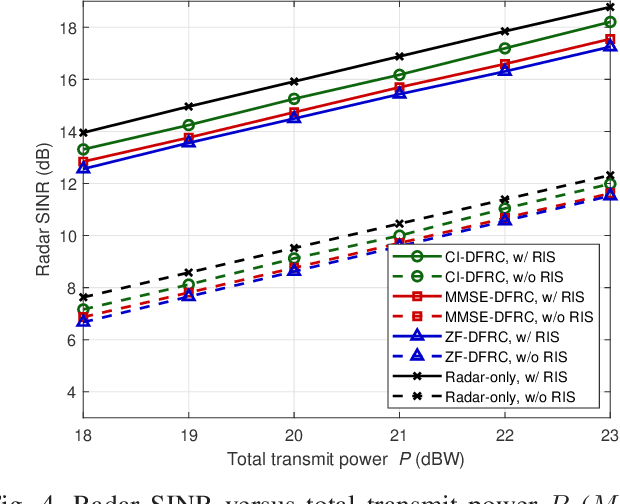
Abstract:Reconfigurable intelligent surface (RIS) is a promising technology for 6G networks owing to its superior ability to enhance the capacity and coverage of wireless communications by smartly creating a favorable propagation environment. In this paper, we investigate the potential of employing RIS in dual-functional radar-communication (DFRC) systems for improving both radar sensing and communication functionalities. In particular, we consider a RIS-assisted DFRC system in which the multi-antenna base station (BS) simultaneously performs both multi-input multi-output (MIMO) radar sensing and multi-user multi-input single-output (MU-MISO) communications using the same hardware platform. We aim to jointly design the dual-functional transmit waveform and the passive beamforming of RIS to maximize the radar output signal-to-interference-plus-noise ratio (SINR) achieved by space-time adaptive processing (STAP), while satisfying the communication quality-of-service (QoS) requirement under one of three metrics, the constant-modulus constraint on the transmit waveform, and the restrict of RIS reflecting coefficients. An efficient algorithm framework based on the alternative direction method of multipliers (ADMM) and majorization-minimization (MM) methods is developed to solve the complicated non-convex optimization problem. Simulation results verify the advancement of the proposed RIS-assisted DRFC scheme and the effectiveness of the developed ADMM-MM-based joint transmit waveform and passive beamforming design algorithm.
 Add to Chrome
Add to Chrome Add to Firefox
Add to Firefox Add to Edge
Add to Edge